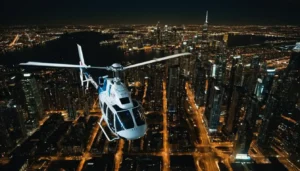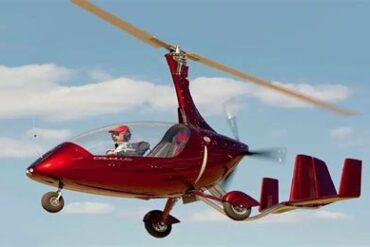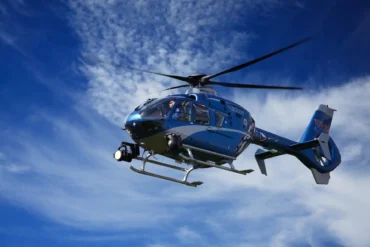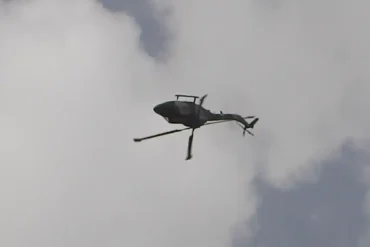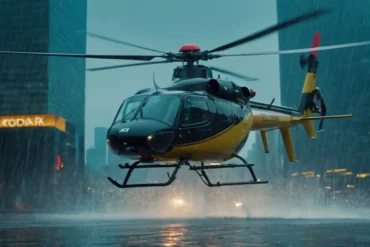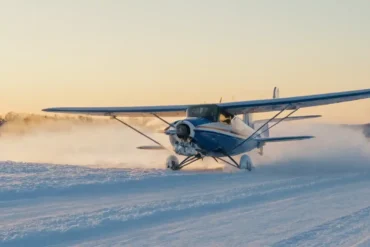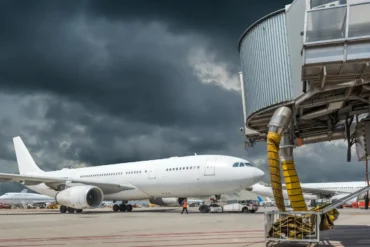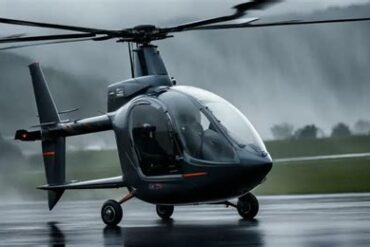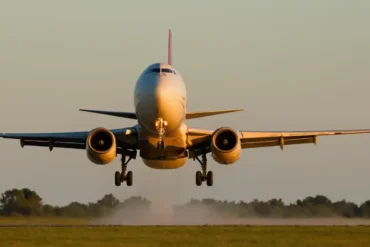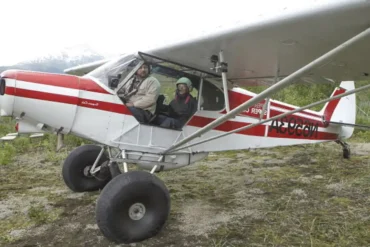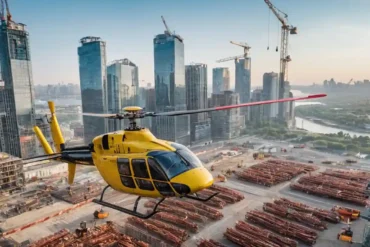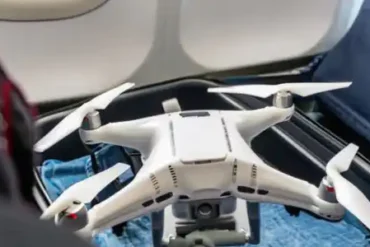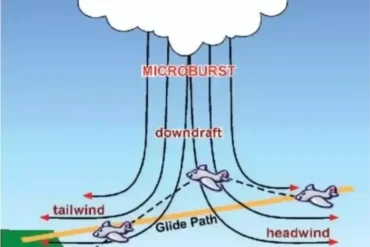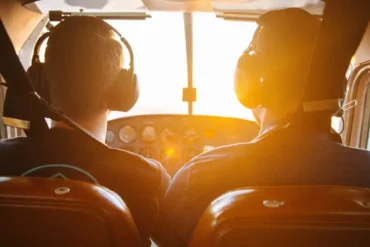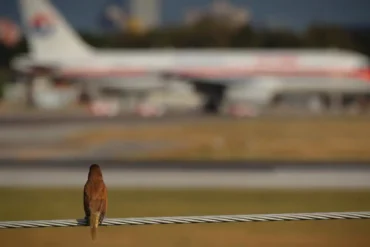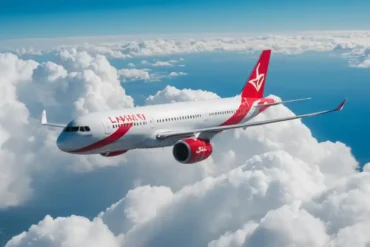Helicopters are amazing – they can hover, turn on a dime, and land just about anywhere. But even though they’re so maneuverable, helicopters are slower than airplanes.
On average, helicopters cruise at less than 160 knots (184 mph). That’s much slower than airplanes, which can fly over 450 knots (517 mph)! Helicopters just can’t zip across continents as fast as some airplanes can.
Let’s Look at Top Speeds for Popular Helicopters
The fastest helicopters rarely go over 150 knots (172 mph). None have broken 175 knots (201 mph). Here are the top speeds for some well-known models:
| Helicopter Model | Maximum Speed (Knots) | Maximum Speed (MPH) |
|---|---|---|
| Robinson R22 | 102 | 117 |
| Bell 206 | 120 | 138 |
| Robinson R44 | 130 | 149 |
| Ka-62 | 160 | 184 |
| AgustaWestland AW139 | 167 | 192 |
| AgustaWestland AW109 Power | 168 | 193 |
| Sikorsky H92 | 165 | 190 |
| Airbus Eurocopter EC120 | 150 | 173 |
| Airbus H175/Eurocopter EC175 | 170 | 196 |
| AgustaWestland AW189 | 169 | 194 |
| Airbus H155/Eurocopter EC155 | 175 | 201 |
| Airbus H225/Eurocopter EC225 | 175 | 201 |
But some helicopters break the mold and go pretty fast. Just remember that top speed reports might vary a bit across sources.
The World’s Fastest Helicopters
1. Westland Lynx
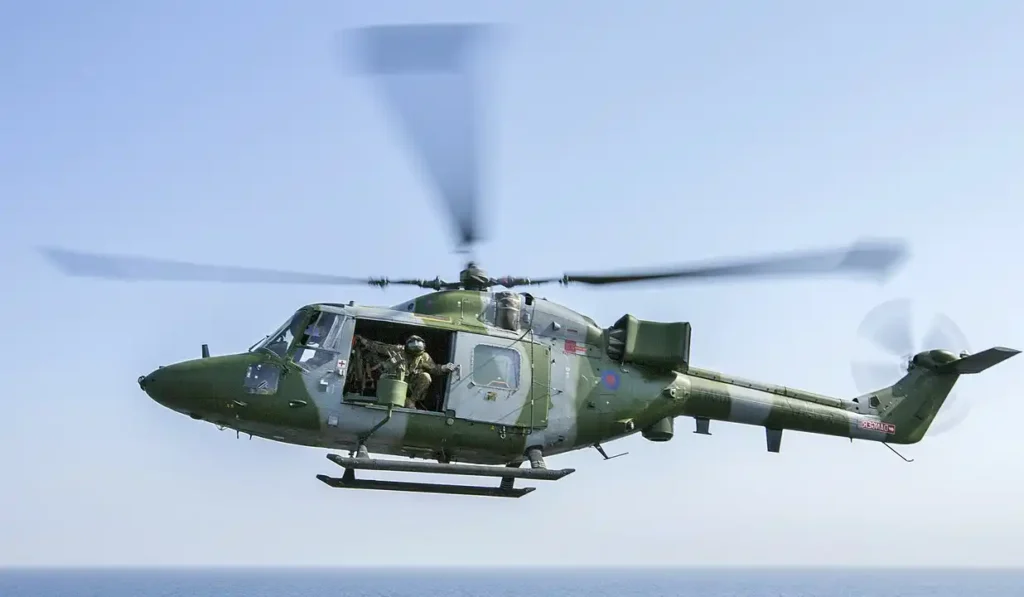
The Westland Lynx held the helicopter speed record in 1986, hitting 217 knots (250 mph). Newer models have passed it, but it’s still important in helicopter history.
2. Eurocopter X3
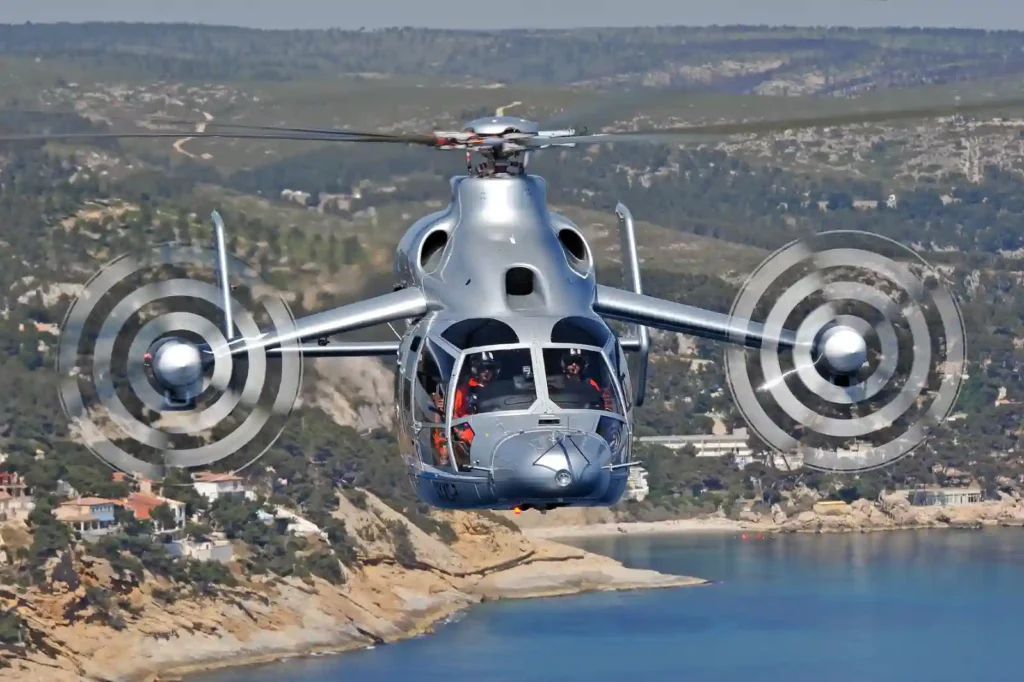
The Eurocopter X3 is currently the fastest helicopter at 255 knots (293 mph). It’s unique because it’s a “gyrodyne” – part helicopter, part airplane. It has wings that work like helicopter rotors or airplane propellers.
3. Sikorsky X2
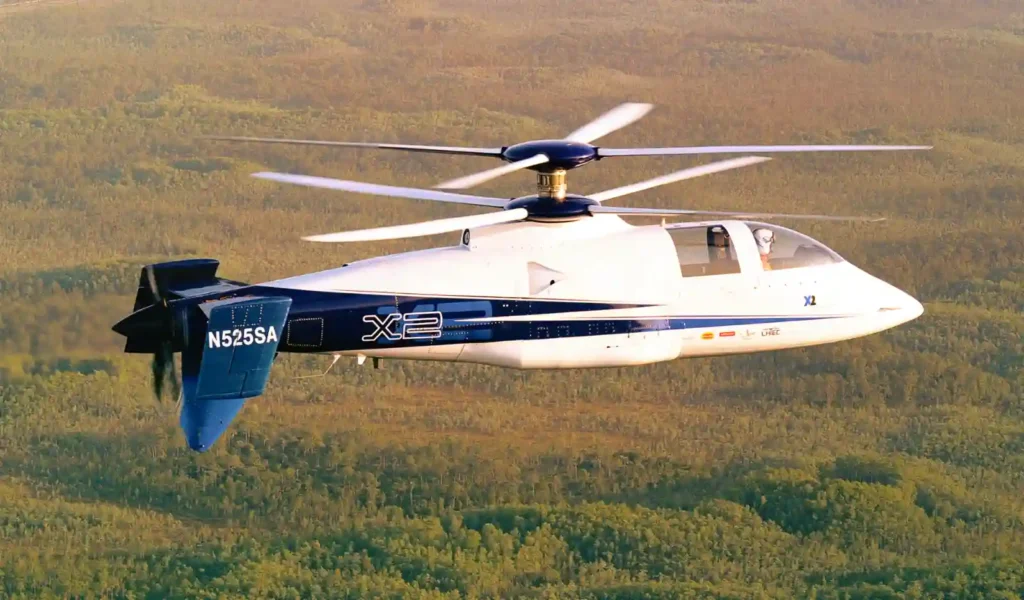
In 2010, the Sikorsky X2 reached about 250 knots (288 mph), almost matching the Eurocopter X3. Unlike other helicopters, it has both a propeller and rotors, giving it an advantage.
4. Bell/Boeing V-22 Osprey
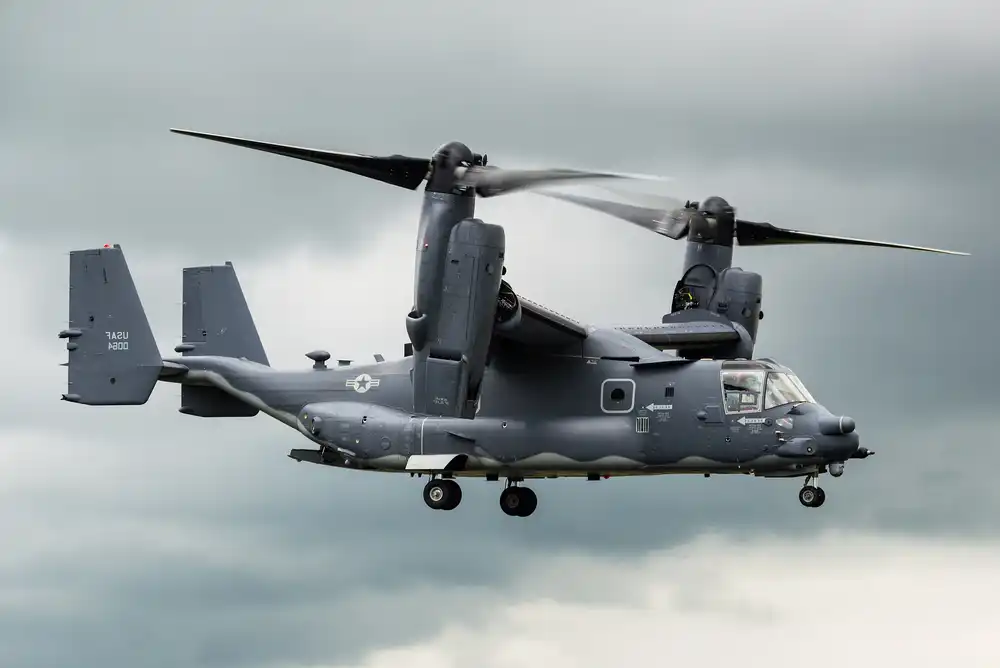
There’s debate over whether the V-22 Osprey is the fastest helicopter. That’s because its tilt-rotors make it a hybrid of a helicopter and airplane.
The rotors let it take off vertically like a helicopter. Then they tilt forward so it can fly like a plane. The Osprey switches between the two modes seamlessly.
In helicopter mode, the Osprey has hit around 275 knots (316 mph). So it has a good case for being one of the fastest helicopters out there. The US military uses Ospreys for their speed and flexibility.
Engineers keep coming up with new high-speed helicopter designs. But they all use extra propellers as well as rotors to reach those fast speeds. Regular helicopters can’t break the speed limits because of how their rotors work.
So why are helicopters stuck at lower speeds?
How Helicopters Get Off the Ground
Helicopters fly differently than airplanes, so they make lift differently. It might seem complicated, but just stick with me! Understanding the basics makes it all make sense.
Helicopters don’t have wings, but their spinning rotor blades act like wings to give them lift. When the rotors spin, they push air down to lift the helicopter up.
The catch is that when the helicopter moves forward, the airflow over the rotors gets uneven. The advancing rotor blade gets more lift, and the retreating blade gets less. If nothing counteracted this, the helicopter would roll over!
The solution is that the blades flap up and down to balance the lift. This technique is called “flapping to equality.” It was discovered in the 1920s and is key to how helicopters fly.
But at higher speeds, flapping reaches its limits. Let’s look at why helicopters struggle when they really get moving.
Where Helicopters Hit Their Speed Wall
Dealing with Flapback
As the helicopter speeds up, the rotor disc tilts forward. This is called “flapback.” To keep accelerating, the pilot has to push the control stick forward to fight the flapback.
They have to keep doing this throughout the helicopter’s speed range. It feels like the helicopter is constantly trying to slow down. The pilot counters by pushing the stick farther forward.
Eventually, the control stick reaches its forward limit. At that point, the helicopter can’t go any faster. Flapback limits top speed, although other issues usually arise first.
Reverse Airflow
As the helicopter goes faster, the difference in speed between the advancing and retreating rotors gets bigger.
For example, say the helicopter is moving at 20 knots and the rotor is spinning at X knots. Without wind, the advancing rotor moves at X + 20 knots. The retreating one moves at X – 20 knots. The difference between them is 40 knots.
When the helicopter hits 100 knots, the difference grows to 200 knots! At some point, the retreating rotor stops moving forward at the root. That section can’t create any lift.
The reverse airflow starts small but spreads across more of the retreating rotor as speed increases. To compensate, the outer part of the rotor works harder. This isn’t efficient, but it works…up to a point.
Tests show that at max speed, reverse airflow affects 40% of the retreating rotor. But there’s a definite limit before lift is too compromised.
Retreating Blade Stall
Like wings on a plane, helicopter rotor blades can stall if the angle of attack gets too high. This is called a “retreating blade stall.”
It starts at the tip, which has the highest angle of attack. The stall then moves inwards towards the root. Basically, the whole retreating rotor stops generating lift.
This makes the helicopter’s nose pitch up and roll to one side. It sounds scary, but there are warning signs before a full stall. You’ll get vibration and roughness. Recognizing those early clues is key so the helicopter can slow itself before disaster strikes.
If a stall is imminent, the pilot should lower the collective to reduce blade angles. Pulling back on the cyclic can make things worse. Once the collective is down, adjusting the aft cyclic helps slow the aircraft.
Stalls are rare at high speeds and usually only happen with aggressive maneuvers. But pilots still need to know what to watch for.
Air Compression
One last speed limiter is air compression. Near the sound barrier, airflow changes in ways that demand a lot of power.
The whole helicopter might not go supersonic, but its rotor tips get close. At 150 knots, they spin around 295 meters/second – near the speed of sound at sea level (340 m/s).
Major compression happens, needing more power for the same lift. It can also cause vibration and noise from shock waves. So compressibility puts up another speed barrier.
Conclusion
Helicopter physics is complex, but the basic issue is that at high speeds, the retreating rotor slows down too much and the advancing rotor speeds up too much. That limits how fast conventional helicopters can go.
While helicopters have amazing capabilities, blazing speed isn’t one of them. They aren’t the best choice for speed demons. But remember, it’s versatility that makes helicopters so special, not top velocity.
